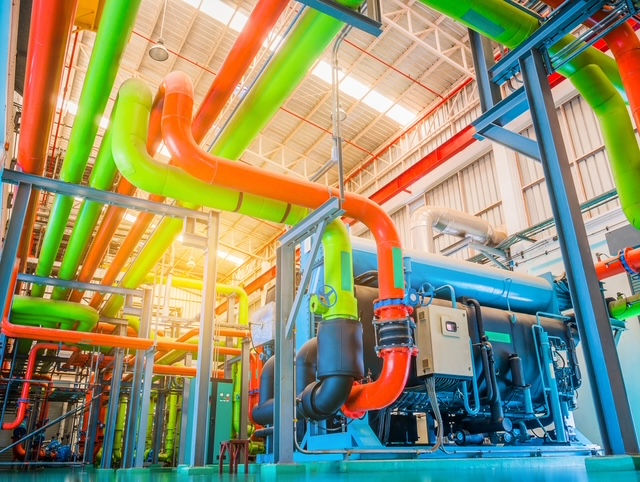Airborne COVID-19: Health Officials Call for Improved Ventilation in Buildings
- MSC
- Jul 15, 2020
- 2 min read
When COVID-19 first began its rapid spread throughout the U.S. back in March, health officials offered three main recommendations to prevent the spread of the virus: wash your hands, disinfect surfaces, and stay six feet apart. Much has been learned about the disease’s airborne transmissibility since then, however, and in addition to wearing masks in public, experts are increasingly urging building owners to make building ventilation system improvements to prevent the spread of COVID-19.

Based on how other types of coronavirus are transmitted, epidemiologists originally thought that COVID-19 was primarily spread either through contact with a contaminated surface or inhalation of respiratory droplets expelled when an asymptomatic person coughs or sneezes. These droplets are relatively large, about 5 microns, and fall quickly to the floor or other surfaces. Now it nearly universally agreed by health experts that COVID-19 is airborne, meaning that virus-containing respiratory aerosols smaller than 5 microns expelled through breathing, talking or singing – even if the person is asymptomatic – can linger in the air for a longer period of time than first believed, leading to infection.
Although guidelines issued by CDC, ASHRAE, and other organizations have included strong recommendations to improve building ventilation systems all along, this advice is coming to the forefront now that the general public is becoming more aware of how the disease is transmitted.
Building ventilation system improvements recommended by the CDC and ASHRAE include:
Increase ventilation rates
Increase the percentage of outdoor air
Disable demand-control ventilation (DCV) controls that reduce air supply based on temperature or occupancy
Consider using natural ventilation to increase dilution when building and environmental conditions allow
Increase air filtration to MERV-13 or highest compatible
Inspect filter housing and racks to ensure proper fit and take steps to minimize filter bypass
Keep systems running longer, 24/7 if possible, to enhance air exchanges.
Consider running HVAC system at maximum outside airflow for 2 hours before and after occupied times in accordance with industry standards
Reevaluate positioning of supply and exhaust air diffusers and/or dampers and adjust zone supply and exhaust flow rates to establish measurable pressure differentials
Consider using portable HEPA systems to enhance air cleaning, especially in higher-risk areas
Ensure restroom fans are functioning and operating at full capacity when the building is occupied
Additional IAQ strategies recommended by MSC include:
Sanitization of HVAC evaporator coils and air handlers with EPA “List N” disinfectants effective against SARS-CoV-2
Ultraviolet germicidal irradiation (UVGI) system installation in evaporator coils and/or air ducts
Needlepoint bipolar ionization (NPBI) system for proactive virus neutralization in building spaces and surfaces
Please contact MSC at 973-884-5000 for more information on building ventilation improvements, indoor air quality (IAQ), and other strategies for preventing the transmission of COVID-19.




Comments